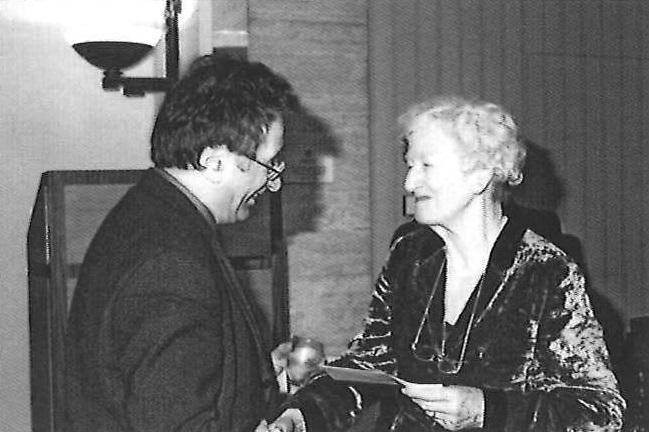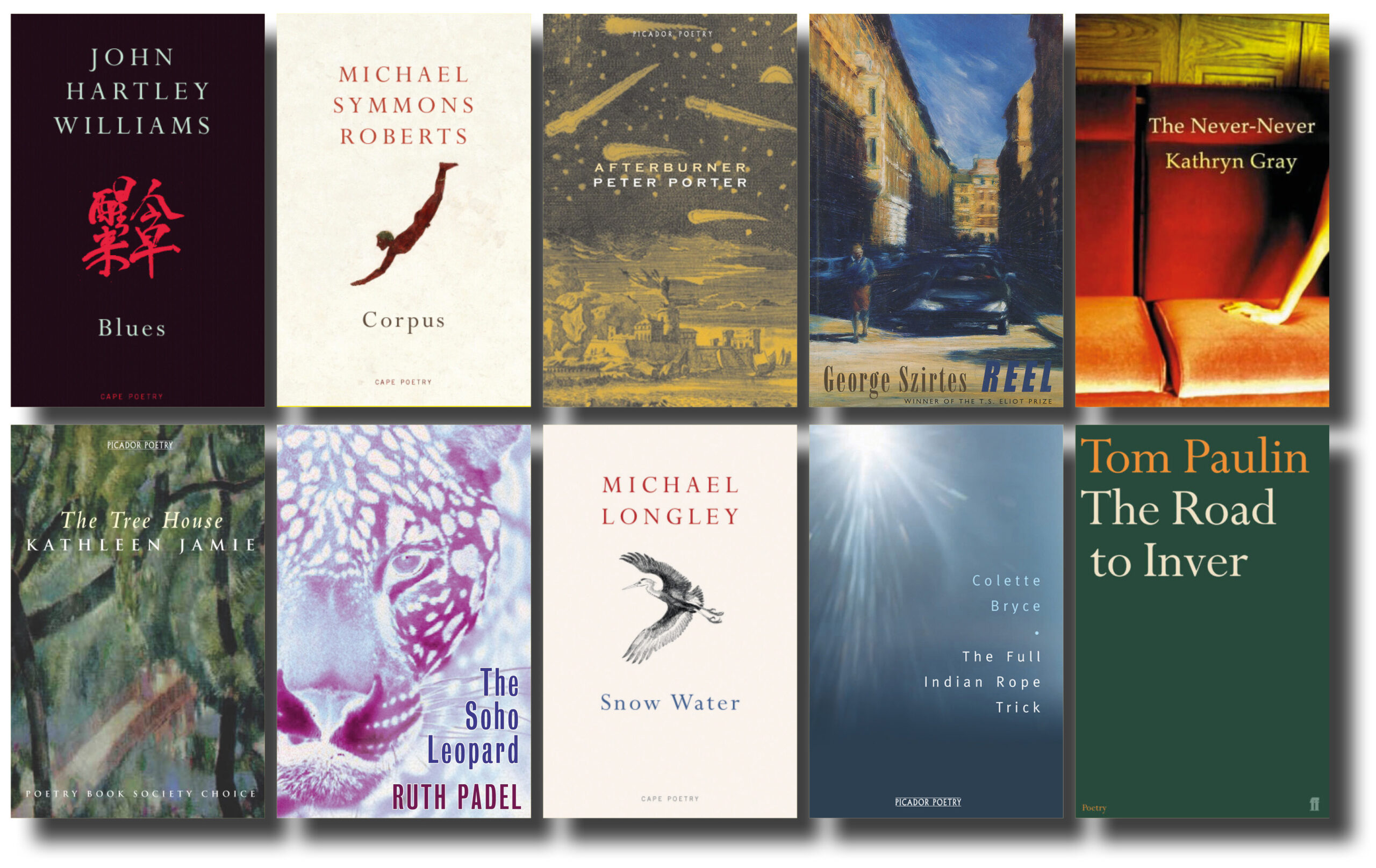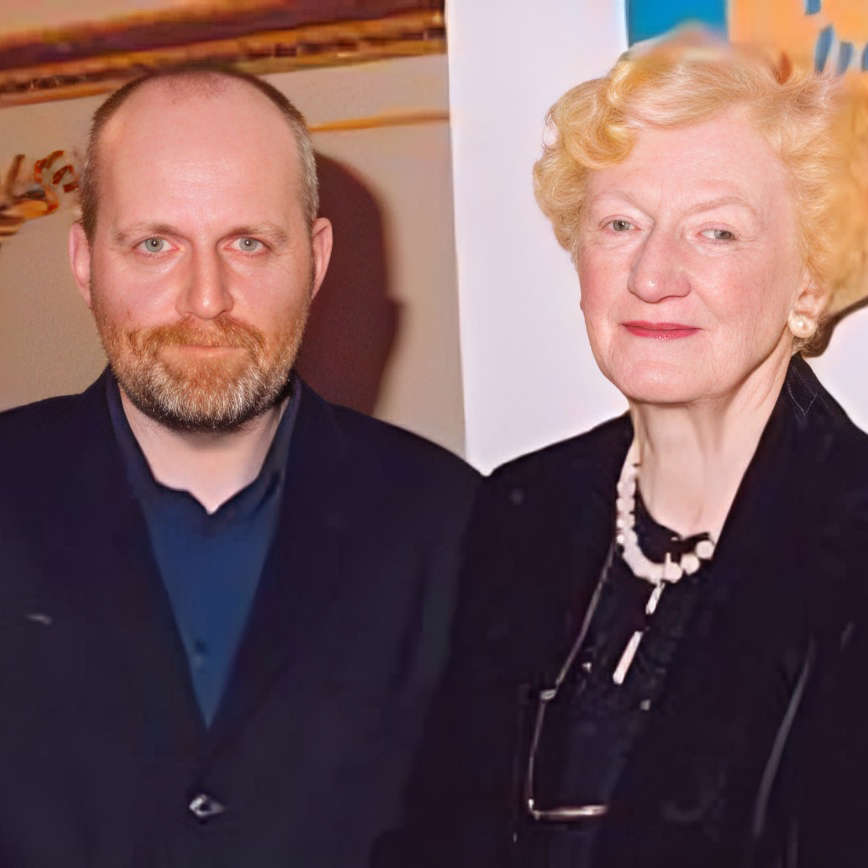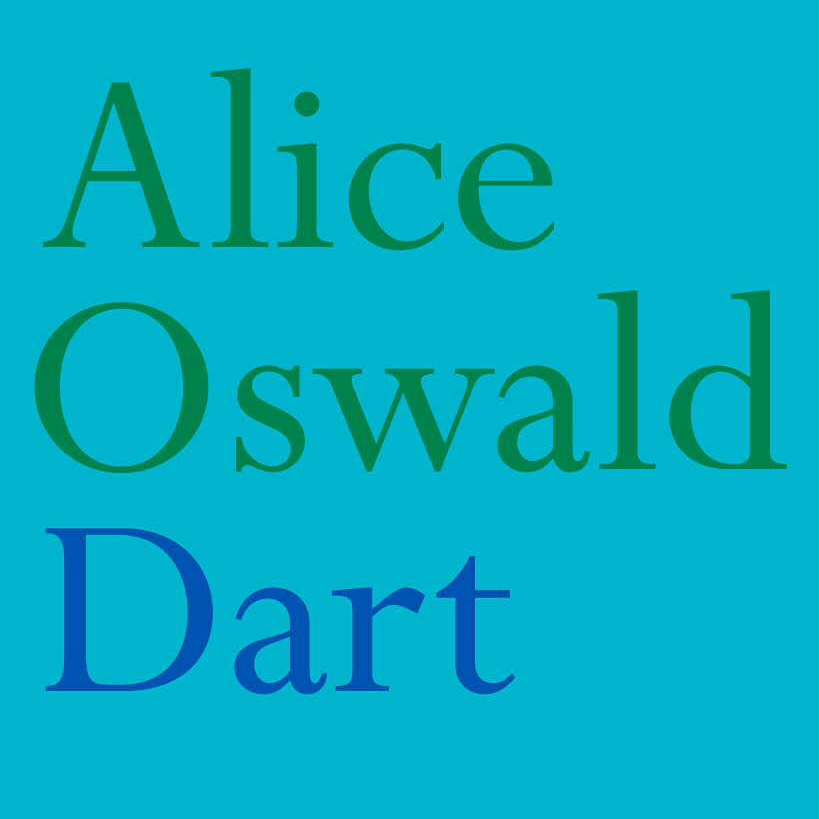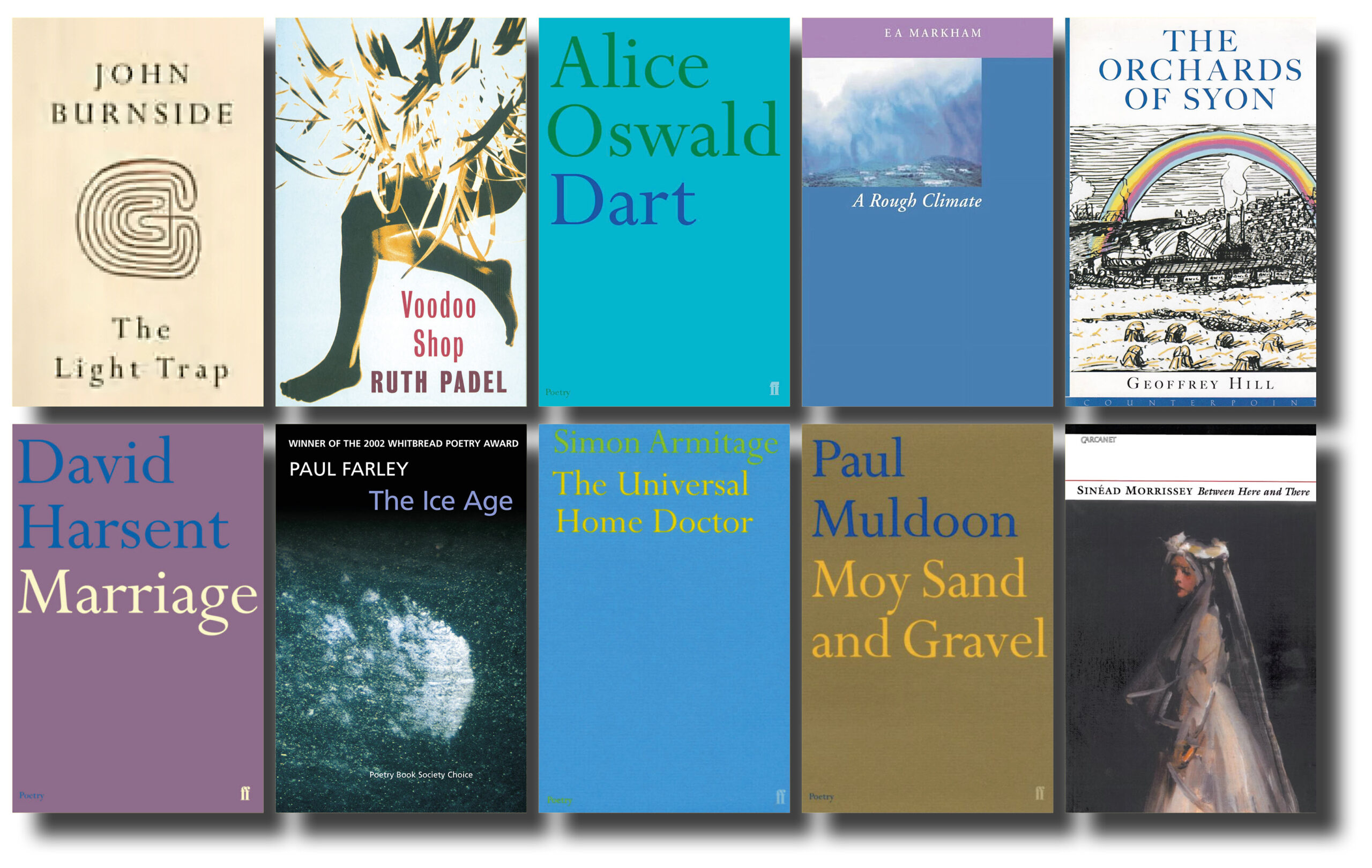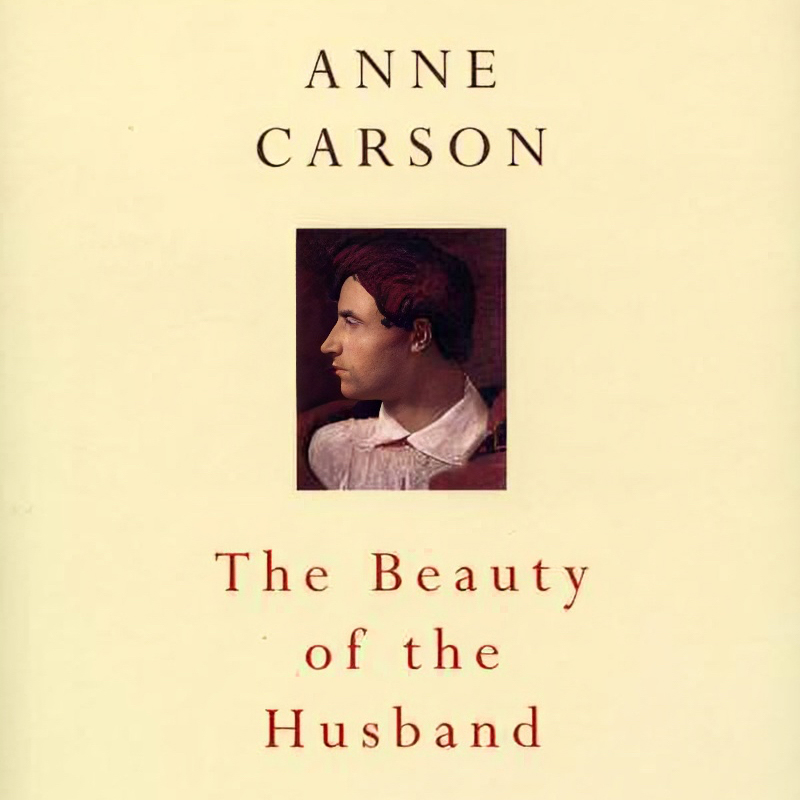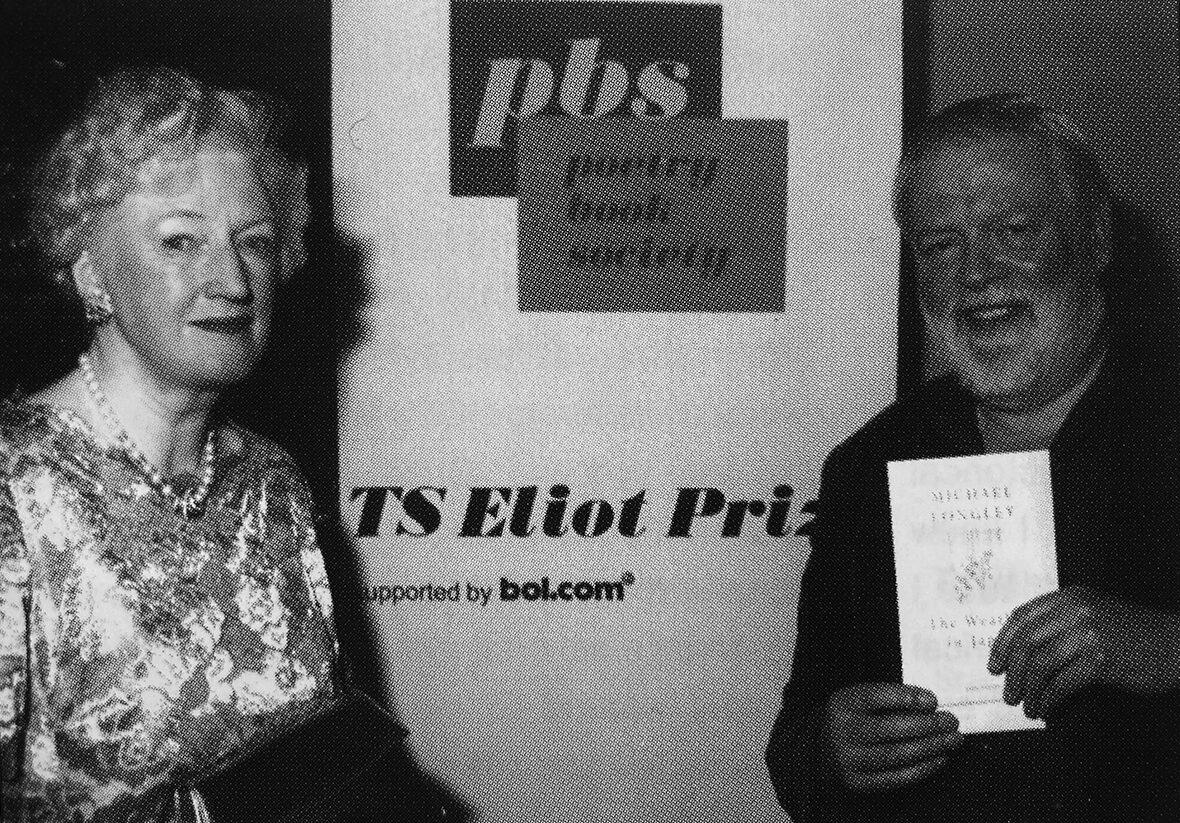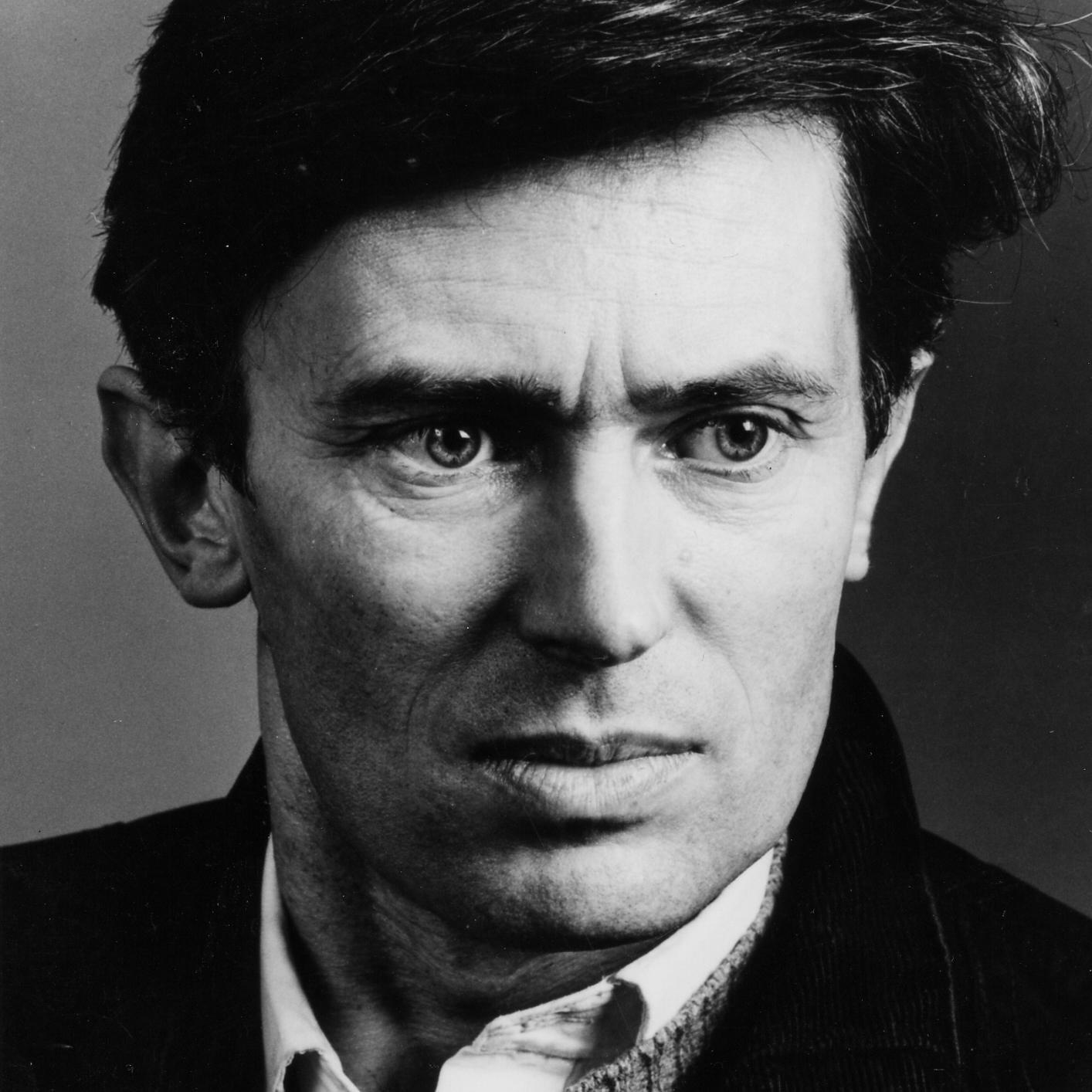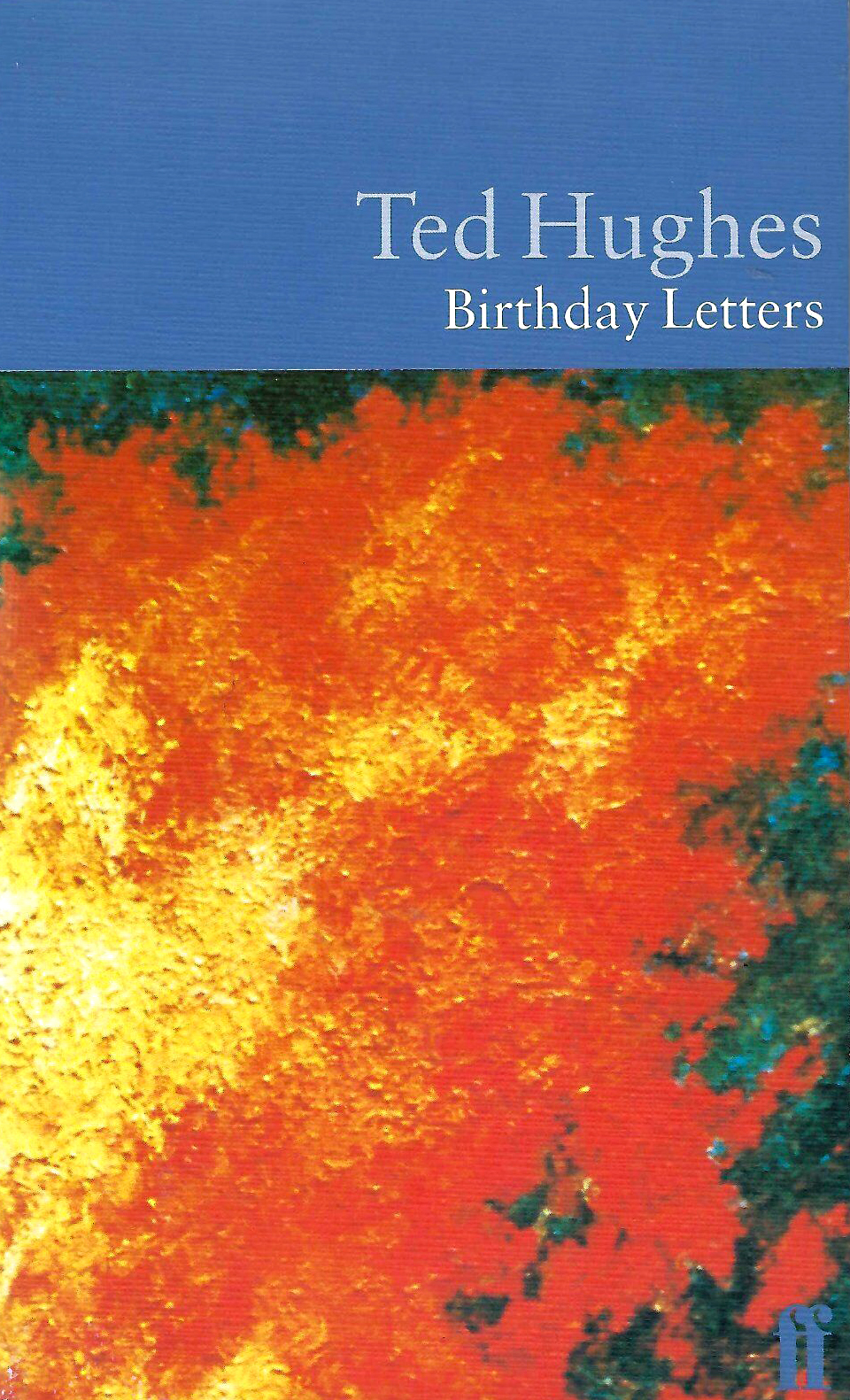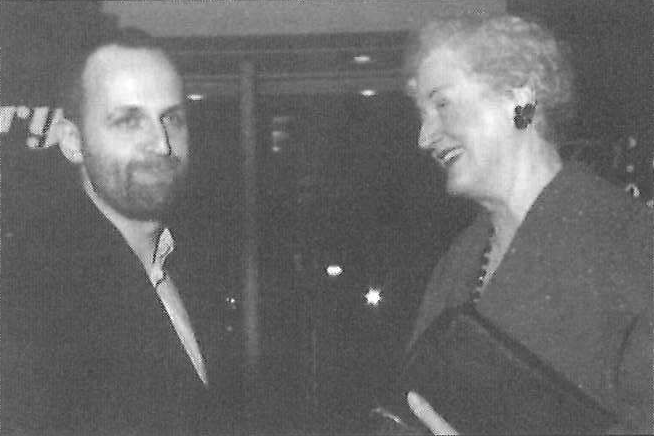T. S. Eliot Prize News
This article on the T. S. Eliot Prize was first published in the Poetry Book Society’s PBS Bulletin in Winter 2004/5. ‘Off to London soon to make whoopee. Well, to read three or four poems and make something: conversation mostly.’ George Szirtes’ website diary entry for the night before...
This article on the T. S. Eliot Prize was first published in the Poetry Book Society’s PBS Bulletin in Autumn 2004. The dozens of manuscripts and scores of books submitted for this year’s T. S. Eliot Prize spill out of two large crates in the Poetry Book Society office –...
This article on the T. S. Eliot Prize was first published on the Poetry Book Society website in 2002. The Poetry Book Society and Prize sponsors www.bol.com are pleased to announce the Shortlist for the T. S. Eliot Prize 2002, to be awarded to the best collection of poetry published...
This article on the early years of the T. S. Eliot Prize was written and added to the website in 2025. The winner of T. S. Eliot Prize 2000 was Michael Longley for his collection The Weather in Japan (Cape Poetry). Longley was presented with a cheque for £10,000,...
This article on the early years of the T. S. Eliot Prize was written and added to the website in 2025. The winner of the T. S. Eliot Prize 1998 was Ted Hughes for his collection Birthday Letters (Faber & Faber). The prize was awarded posthumously, Ted Hughes having...
This article on the early years of the T. S. Eliot Prize was written and added to the website in 2025. The winner of T. S. Eliot Prize 1997 was Don Paterson for his collection God’s Gift to Women (Faber & Faber). He was presented with the £5,000 prize,...
